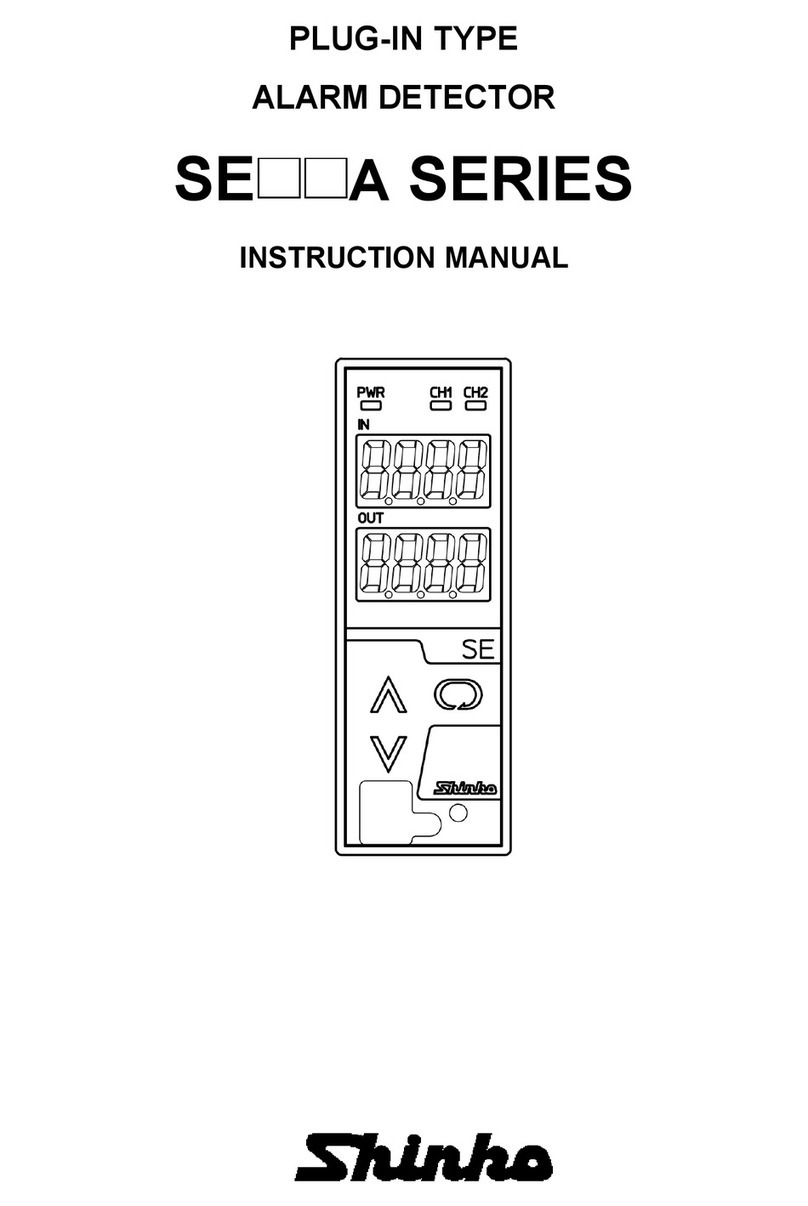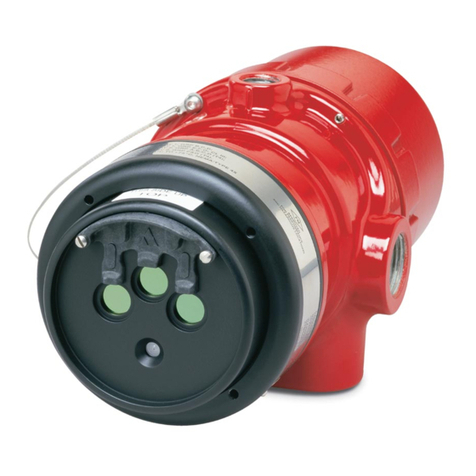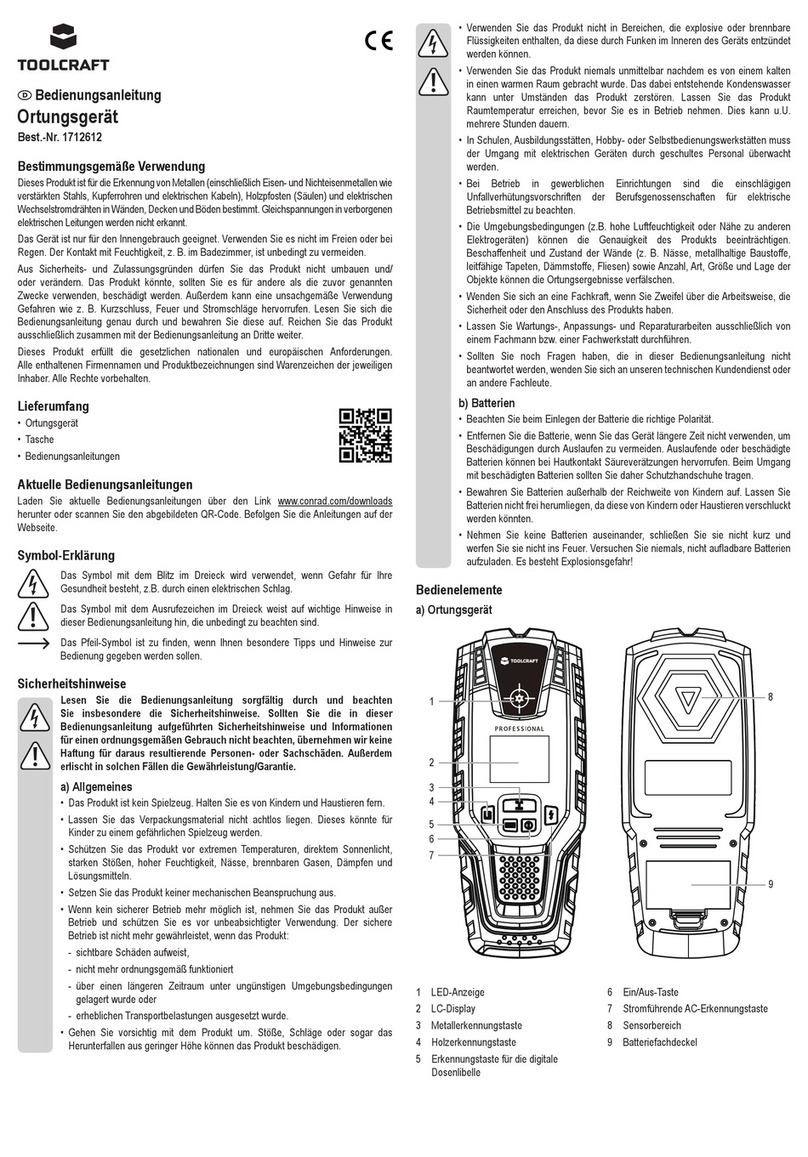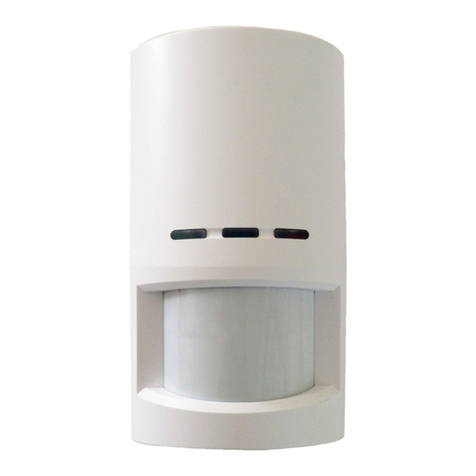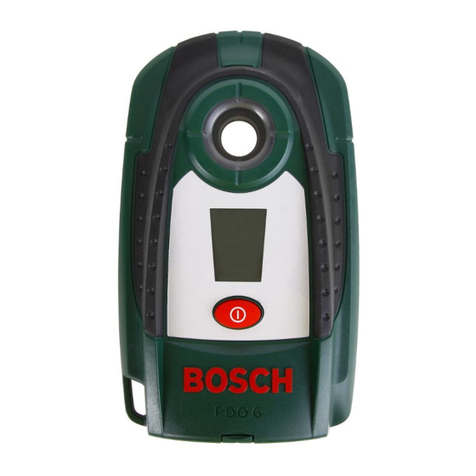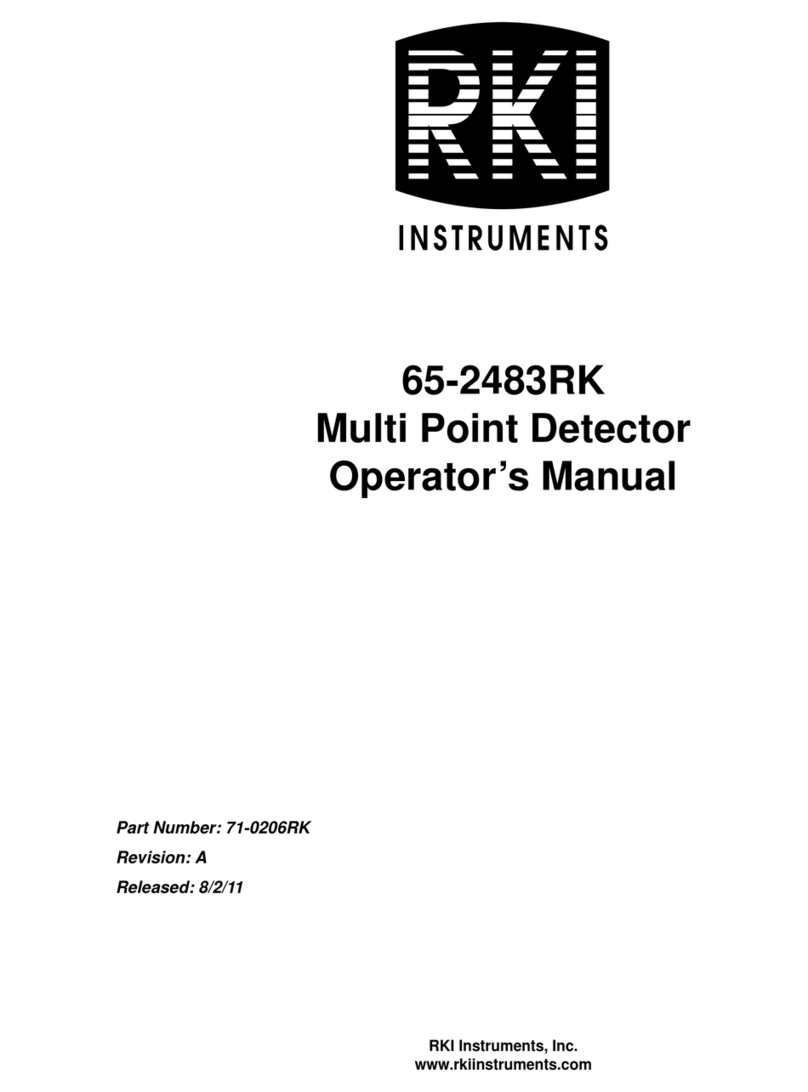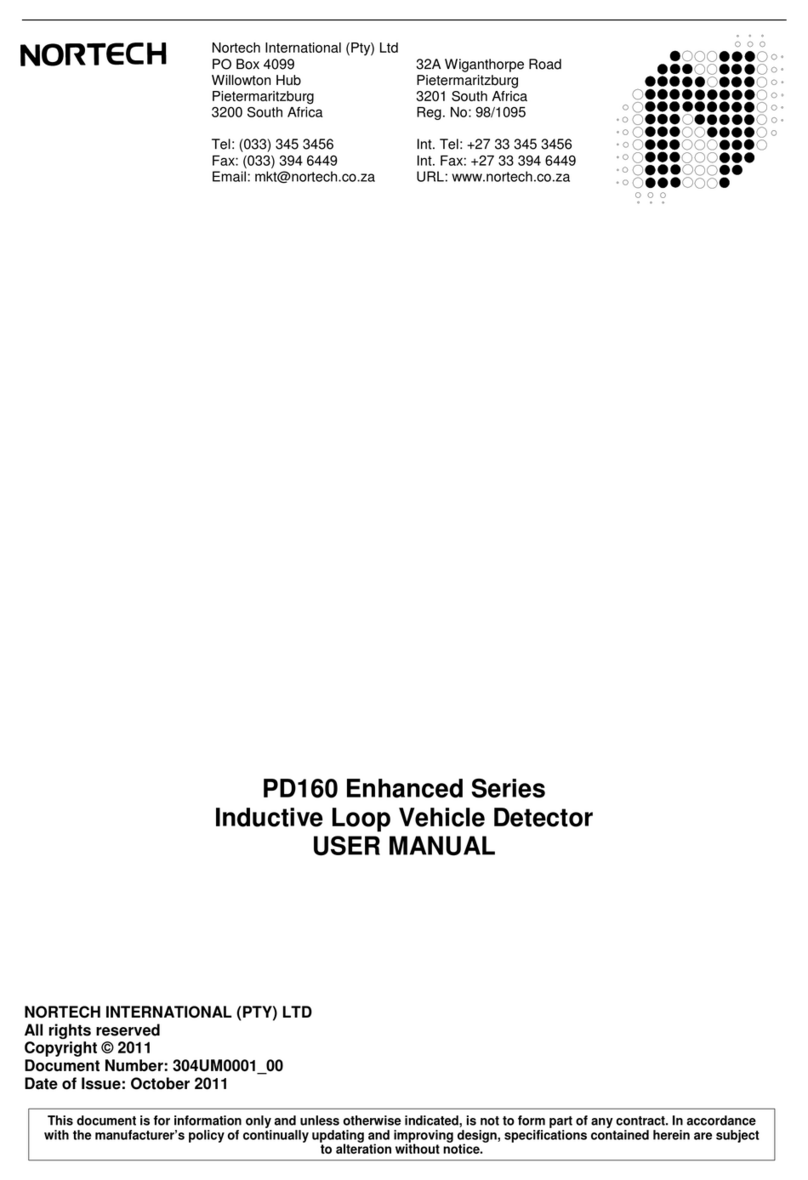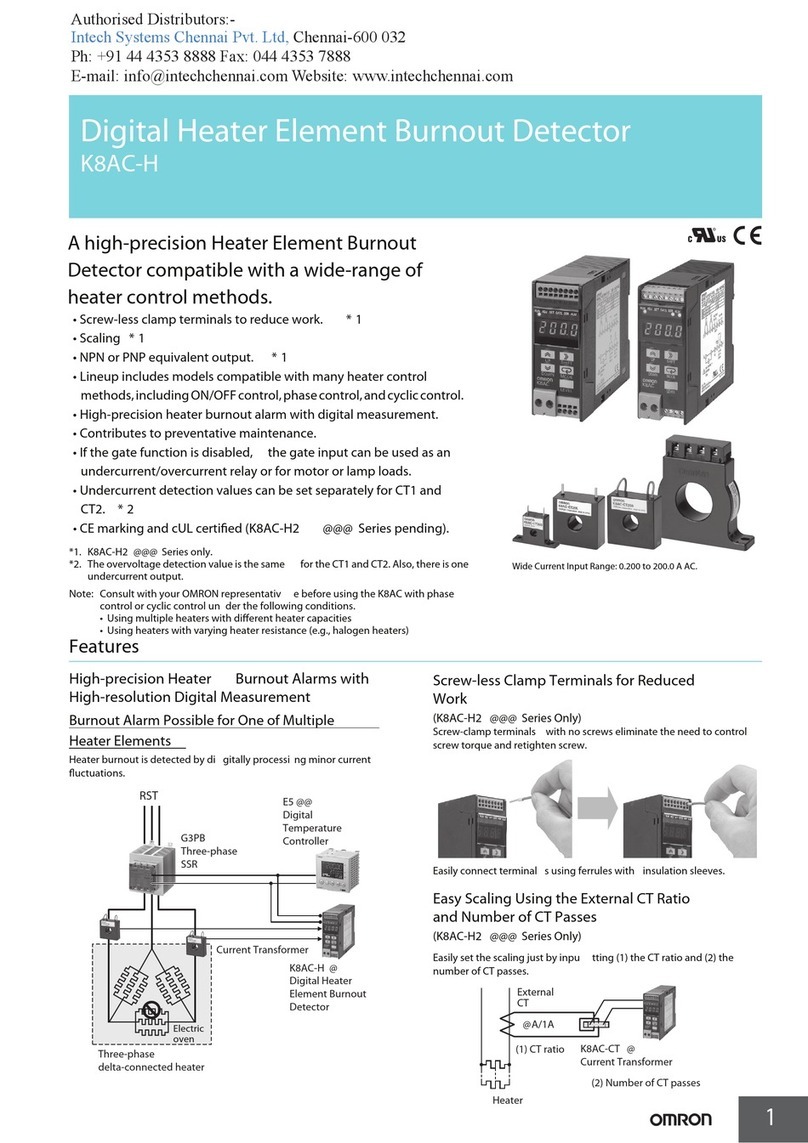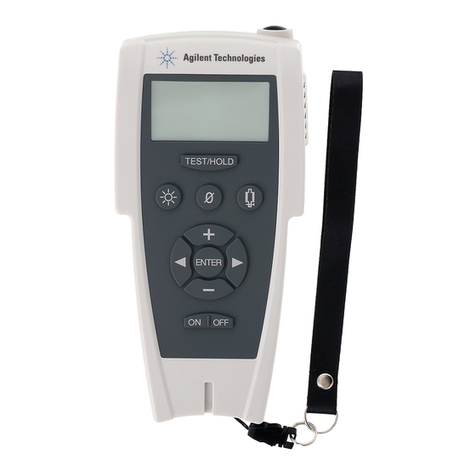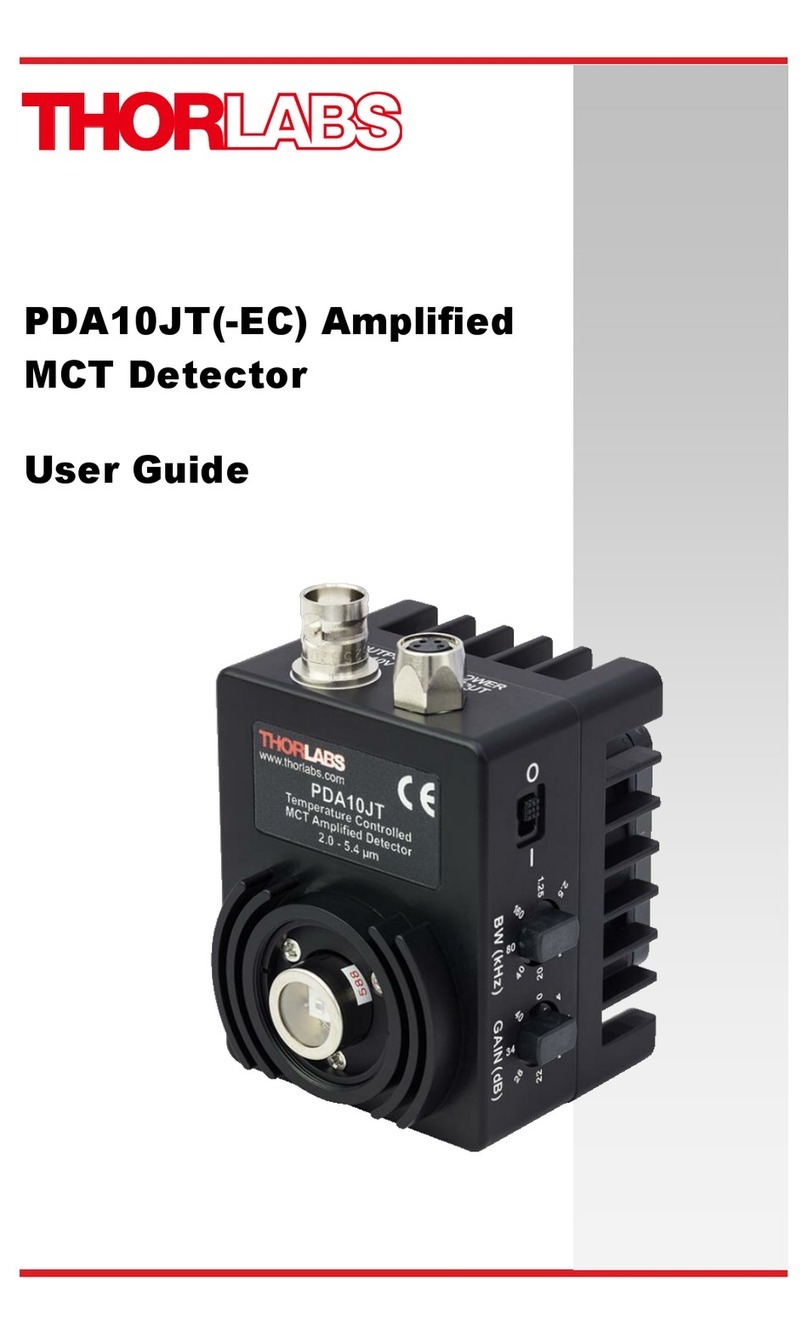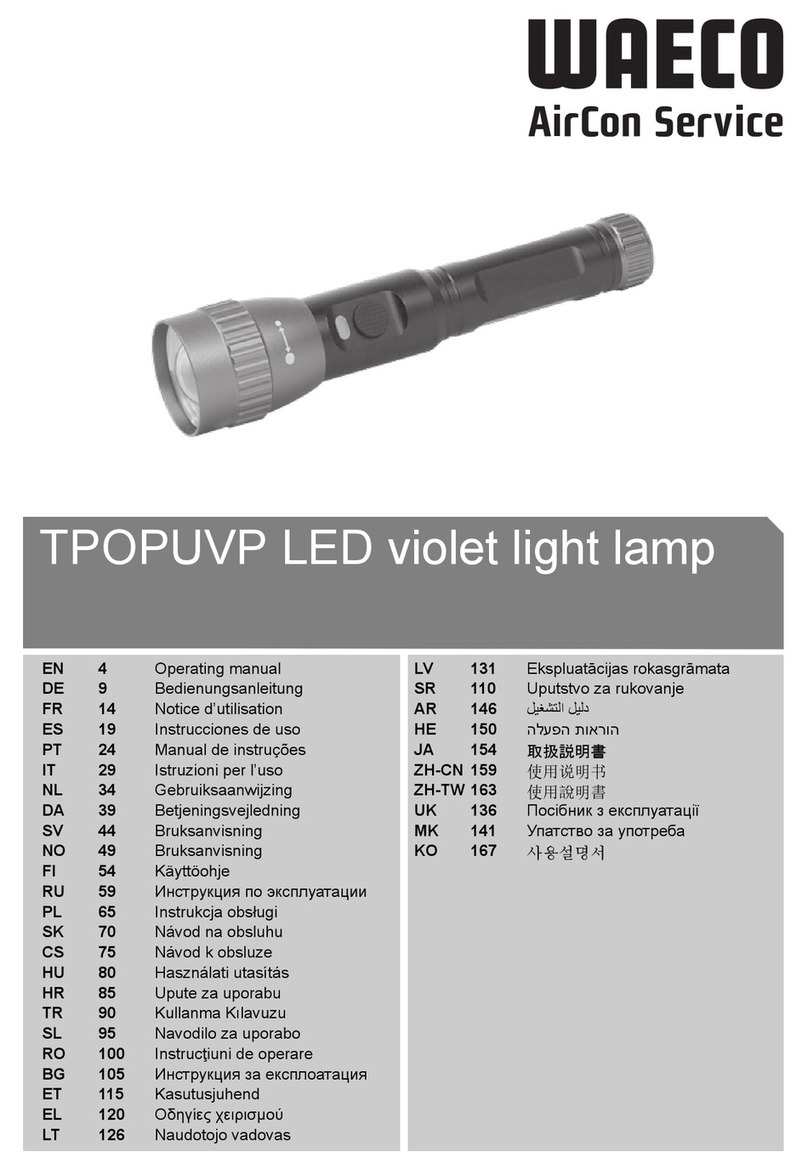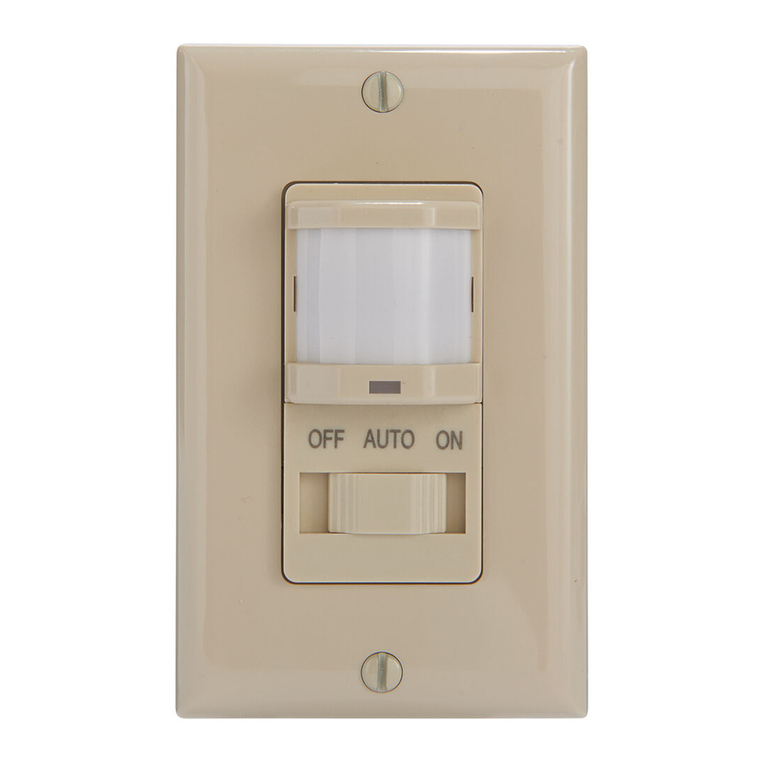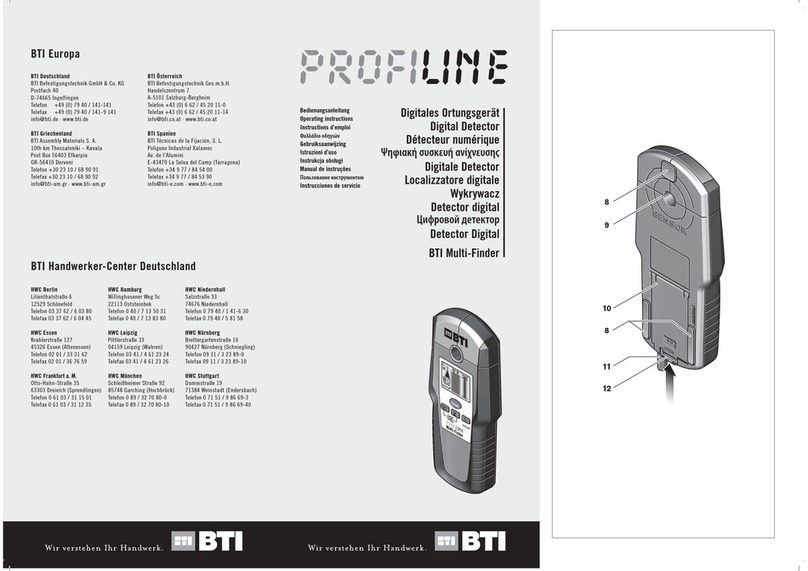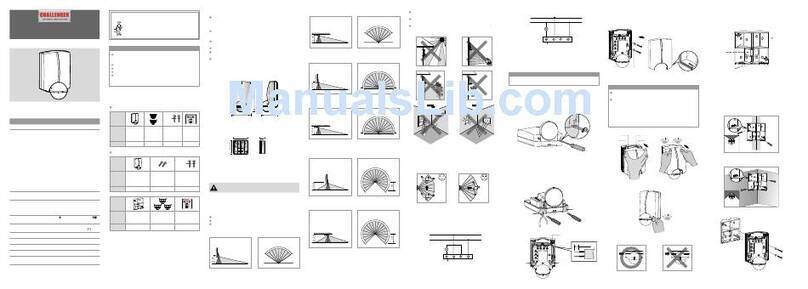
INTRODUCTION
Frost damage to plants can have large impacts on crop yield and quality. Protection of crops during frost events is
dependent on the accuracy of plant temperature predictions. Often, air temperature is not a reliable predictor of
timing, duration, and severity of frost events because plant canopy temperatures can be significantly different
than air temperature under certain environmental conditions.
On clear, calm nights, plant leaf and flower bud temperatures can drop below freezing even if air temperature
remains above 0 C (see figure on following page). This is called a radiation frost and is due to the lack of air mixing
(wind) near the surface, and a negative net longwave radiation balance at the surface (more longwave radiation is
being emitted from the surface than what the surface is absorbing from the clear sky). Under cloudy and/or windy
conditions, radiation frost events do not occur.
Apogee model SF-110 radiation frost detectors are designed to approximate plant leaf and flower bud
temperatures for prediction of frost events. SF-110 radiation frost detectors are intended for applications in
cropped fields and orchards when air temperatures will be near freezing, and where air temperature
measurements are not a good predictor of frost formation.
Apogee Instruments SF-110 radiation frost detectors consist of two precision thermistors, one combined with a
simulated leaf and the other a simulated bud, in a single housing. The leaf sensor is designed to mimic a plant leaf
and the bud sensor is designed to mimic a flower bud. SF-110 radiation frost detectors provide close
approximations to leaf and bud temperatures and can be used for prediction of frost on leaves and buds.
Detectors are weatherproof and are designed for continuous temperature measurement in the same
environmental conditions plants are exposed to. SF-110 detectors output two analog voltage signals (when
supplied with input voltages) that are related to the resistances of independent thermistors. Resistances are
directly related to simulated leaf and bud temperatures.
Simulated leaf (green trace in top panel) and bud (blue trace in top panel) temperatures from an Apogee
model SF-110 radiation frost detector compared to air temperature (black trace in top panel) during a clear
(net longwave radiation is plotted in middle panel), calm (wind speed is plotted in bottom panel) night during
spring in Logan, Utah. Simulated leaf and bud temperatures reached the freezing point approximately 5.5 and
3.0 hours before air temperature, respectively.
